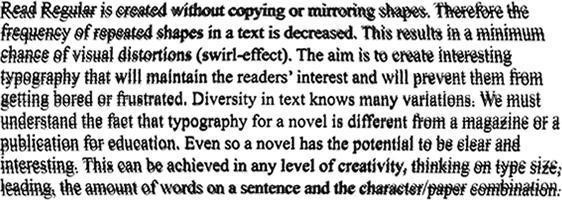Whilst Steph and I had Stephanie’s friend from America, Apshara, over for the week. We thought we should take a trip to the capital to show her a little more of Scotland. Perfect time for another Social Studies blog!

***
When we arrived in Edinburgh, we decided to go to Princes’ Street Gardens and the Wallace Monument. What I had never realised until we were looking for things to do to show Apshara was that you can go up the Wallace Monument. This is something I had walked past numerous times and never even considered. It is however, now that I know it is an option, is something I would be very interested to do at a later day because we did not have long in Edinburgh.

At the gardens, there was a World War II Remembrance Day memorial surrounding the Wallace Monument. The memorial was hundreds of poppies on little plaques to represent the fallen who had served our country during World War II. This, in my opinion, felt like a representation of Flanders Field. Although I had never studied the poem Flanders Field in school, the memorial gave a very apparent representation of the image I had in my mind of Flanders Field. It was, personally, a very touching memorial.

The memorial did not immediately seem relevant to a blog post or my assignment but as I have sat down to write this post, the relevance to my assignment is indisputable. The critical viewpoint of history’s place in the Curriculum for Excellence in short can be argued in two lights. One by the postmodernist views which state that history and some sources validity must be questions as accounts are in their view simply stories and the relevance of those stories must therefore be questioned. On the other hand, the relevance of understanding our heritage, how society was formed and understanding key world events such as World War II is critical to children’s understanding of the world but must be taught with relevance to the world and their lives today for example through Interdisciplinary Learning topics which also focus on issues in current society. This has all come into my social studies assignment. I felt the memorial did a spectacular job of capturing the importance of World War II in today’s society and it really moved me personally.
Part of the memorial was the ‘Tree of Thanks’. The Tree was to allow for people to thank someone or the fallen for the things they do/have done for them. This, to me, allowed for a personal element to the memorial and there were a lot of beautiful messages to both people’s chosen person and the fallen. This allowed for time to think and reflect on what the fallen have done for our country and what other people do for you every day. My Tartan Heart (Tartan, anything piece of our Scottish heritage I did not immediately think so) was of course dedicated to my mum. My mum (and dad) have done so much for me especially over the last few years I have been at university and I always think it is important to thank them.
The memorial really got me thinking as I had never seen any World War II Remembrance Memorial like this before. Although it has not really helped me understand the significance of teaching World War II as a standalone topic still, it has helped me to acknowledge that this is still an important issue in contemporary society.
***
As a newfound big fan of the Scottish Museum, I thought this would be the perfect place to show Apshara a little bit more of Scotland and our heritage as a country. However, as a we got there quite late and they were closing from the top down, we never got to go to the ‘A Changing Nation’ section which I felt from my last trip here was the most relevant section to our lives and had the most information that would be interesting to Apshara.
However, this meant we went to a section of the Museum that Katie and I did not get to explore. Although we were only there for an hour and on top of the last trip, still did not feel like long enough. We went into the technology section on the ground and fifth floor which was purely for enjoyment and it was great fun. Stephanie had said previously ‘I am not sure I am going to enjoy a museum’ as I hyped up the place. This was the three of them after a great hour of fun!

Stephanie’s parting words ‘this was great fun, we have to come back when it is fully open!’.
The clear enjoyment.
This comment alone only strengthened my opinion that although the museum is a huge place and there is a lot to do which makes it important, for the trip as a learning experience, to have a set area or task to focus on to keep control of the class and the experience. It is also important to allow children a chance to enjoy other sections that may interest them. These experiences, I feel from personal experience as a child on school trips, are what made me remember the trips and therefore the learning that took place. The fun and enjoyment as crucial parts to learning inside and out with the classroom but of course for risk assessments and health and safety especially outside need to be controlled by the teachers.
***
The trip to Edinburgh as a whole was unexpectedly really worthwhile. It was a great stimulus for some serious thought into issues which are relevant to my current learning regarding social studies and an opportunity to broaden my own opinions and knowledge.







